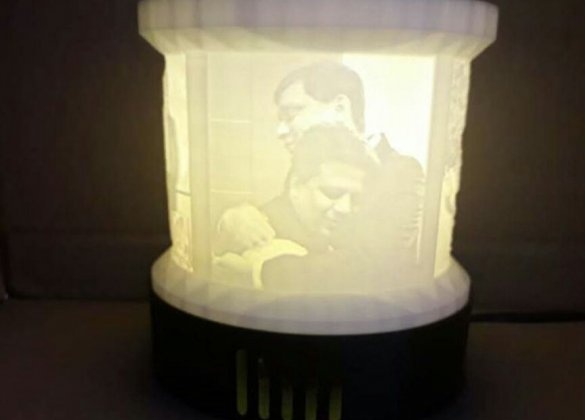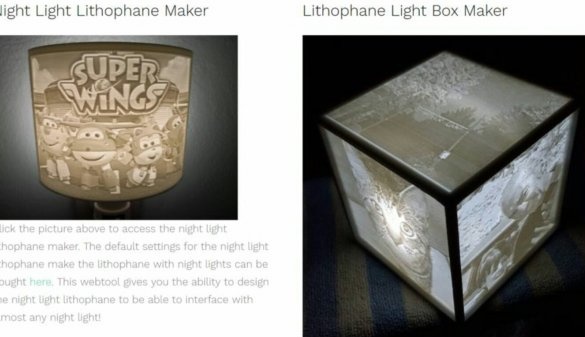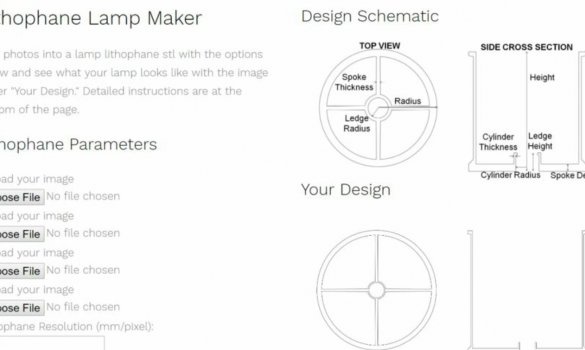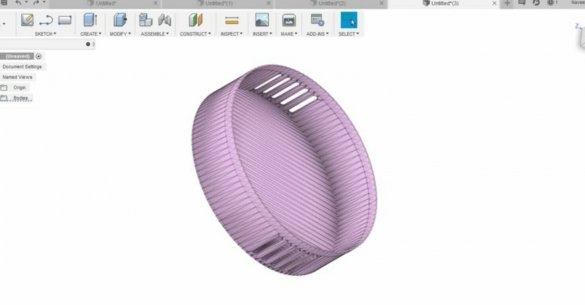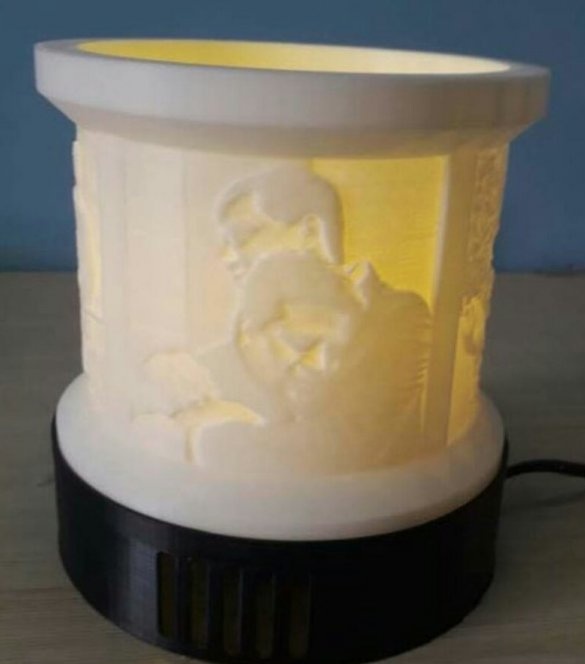Lithophany in the classical sense is an analogue of watermarks on porcelain. The invention of plastics made it possible to simulate lithophany by relatively affordable means. Even before the advent of 3D printers, friends experimented with photopolymers, filling them in a beak and exposing them with a photo enlarger. If the magnifier is negative, the resulting plastic plate when viewed in the light will look like a positive. Well, 3D printing made it possible to obtain not only flat plates, but also, for example, hollow cylinders with imitation of lithophany. How this can be applied in practice, says the author of Instructables under the nickname naveenstar484 on the example of a night lamp.
To transfer to the nightlight, the master selects four sufficiently contrasting shots. Photographs do not have to be old, modern prints this way will get a vintage look automatically. Then the wizard goes to and selects the Night Light Lithophane Maker section there:
A form is loaded that allows you to select and upload to the server four files with photos and configure a number of parameters, it looks like this:
The result of the processing is a ZIP archive with an STL file, which the wizard downloads. But if you print only one cylinder according to the generated file, then the night lamp will not have a stand. Her master designs in Fusion 360 CAD, it looks like this:
If you are comfortable with just such a stand, download the STL file from here. If not, you can design your own, and not necessarily in this program, you can also in the one that you better own. For example, Tinkercad is suitable, and for some time now the export function in STL is available in Blender. Be sure to include cooling holes in the stand, similar to the screenshot above: LEDs also emit a certain amount of heat.
Now that the wizard has both STL files, he opens them in turn in the slicer (the wizard selected the Cura program from Ultimaker) and displays both the cylinder and the stand on a 3D printer:
In the second photo, the LED light source is already installed in the stand. It should be low-power, not more than 5 watts, and it is desirable that the driver is located outside the lamp, since there is no need for an extra heat source in it.The master turns on the light source, and the relief turns into a halftone photo:
It remains to turn off the light in the room, and it turns out very similar to the real photo:

Plastic "lithofaniya" looks no worse than a real, porcelain one, but it’s easier to make it: even a budget 3D printer is enough, and if it is not, you can order printing of two parts in the workshop.

